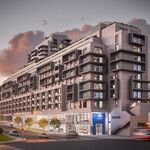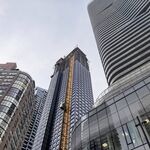syn
Senior Member
As for point towers, they are certainly more elegant and cast less of a shadow than fat monolithic stubs like those pseudo New York (a la Chrysler Building) monstrosities in North York. Height can also really add to a skyline.
The proposed buildings may be point towers, but they're still huge.






